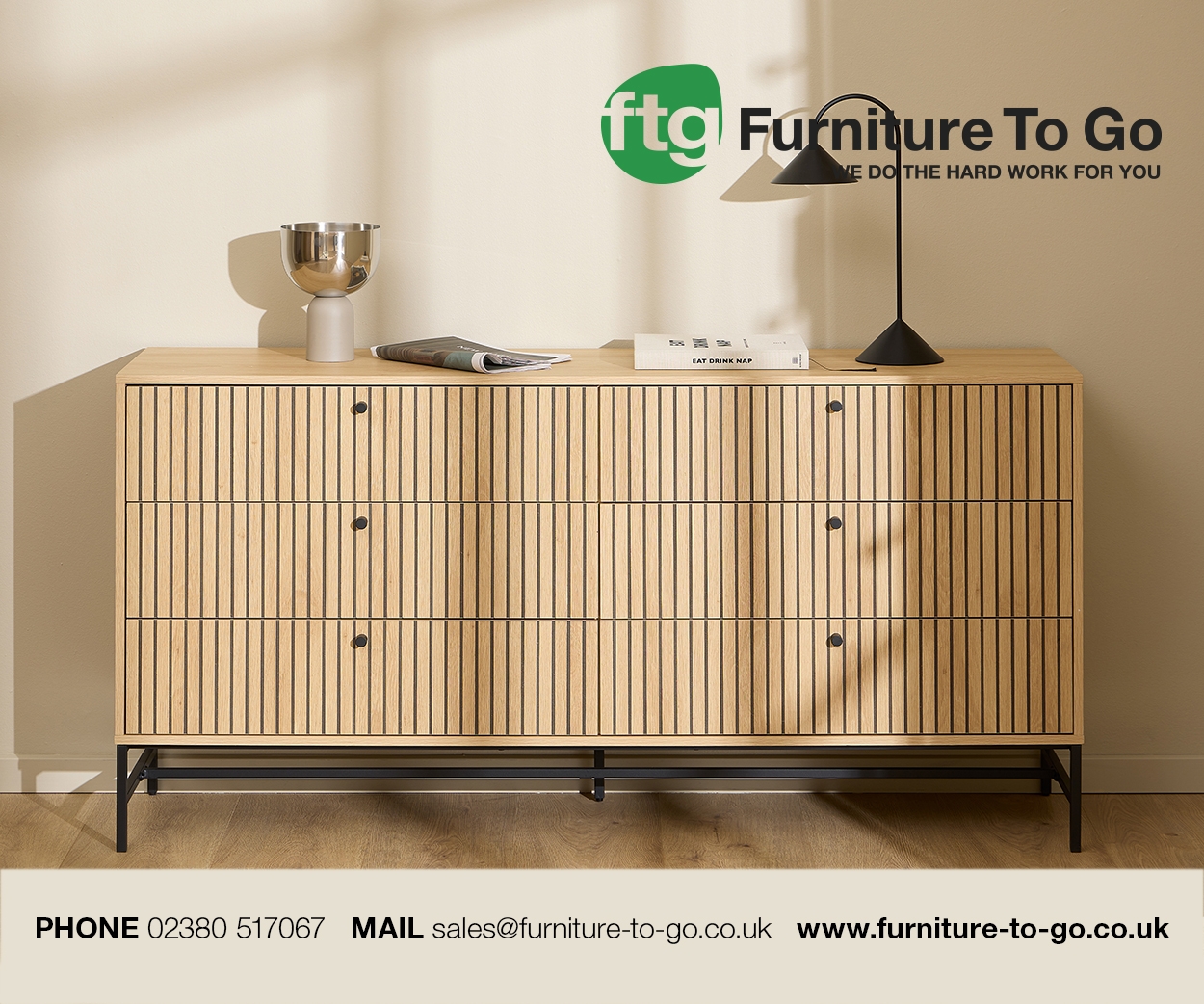With growing competition demanding ever-smarter customer engagement, Furniture News speaks to Joanne John, the new head of marketing at Steinhoff UK Beds (encompassing the Relyon, Slumberland and Dunlopillo brands), about the whys and wherefores of the manufacturer’s digital transformation.
I’ve been at Steinhoff since March last year, and have been tasked with transforming what we do digitally, as well as generally moving marketing in the right direction.
The bed market is overcrowded and confusing at the best of times – if you don’t keep building your brand, and telling its story, it will collapse.
In today’s retail arena, consumers are crying out for relationships with brands, so research – quantitative, qualitative, and shop-alongs – is more important than ever.
We like to base our work on facts. When [Steinhoff UK Beds’ sales and marketing director] Paul Little recruited me, I knew that data was a necessity. How could I make recommendations without detailed knowledge?
We commissioned our own research in August, which was completed in November. We found that, when prompted, 86% of those quizzed recognised the Slumberland brand – but only 30% did so unprompted. Our key rivals score much higher, and, in terms of consumer recognition, we want to be up there too. Slumberland was a superbrand in the 1980s – there’s no reason we can’t be again.
Our product stable is pretty broad. Within it, Slumberland is mainstream, entry-level to premium price, and focused on comfort.
The brand will enhance the quality of the user’s life. A recent Mintel report highlighted that 80% of people believe the right mattress would change their life – so we’re rising to the challenge of making people put their money where their mouth is, and invest in a quality sleep solution.
More customer guidance would benefit both consumers and manufacturers in the long run, and help prevent a race to the bottom.
The UK bed market is saturated with a huge number of manufacturers (but not so many specialists) – although I’ve worked in markets that are less affluent and less digitally-aware, like South America, where there’s not so much communication with consumers, so the buying decisions are based much more on price.
With these new websites, we’re taking the responsibility to own that conversation. Ultimately, our goal is to sell more beds – but we want to break away from that sales role, and become silent advisors, intercepting the consumer when they’re researching, informing them, and helping them choose the bed that’s right for them.
Ultimately, it’s about taking our brand to a better place, through improved content and communication, focused on sleep sustainability, health and wellness.
Greater brand advocacy and stronger customer reviews eventually lead to repeat purchases. We want to make sure our customers know we care, and create loyalty. Just look at what Apple has achieved – an iPhone user is very unlikely to swap to a Sony or a Samsung, no matter how those other brands try to tempt them.
The brand content on the site targets a specific consumer and demographic, mainly appealing to Millennials with a more light-hearted and abstract view on life. Finding uniqueness in your product is a challenge across the market.
The site is optimised for digital marketing, and we’re working with an agency to define our Google strategy.We think PPC will be cost-effective – we don’t want to burn money, but this approach can be very rewarding.
Across social, we’re mainly working through Facebook and Instagram, thanks to their re-marketing functionality, and programmatic banner ads.
Offline, we’re working closely with our physical stockists, who will benefit greatly from the fresh insights our digital work reveals.
This isn’t about spending more money, but spending it differently, and more widely, to build our brand. There’s a huge number of bed manufacturers and brands out there, but none of them are talking about anything fundamentally different. True innovation is hard to come by in this category.
I used to work at Dyson, where I headed up their trade marketing team in the US, before working across various international territories, building the brand in both established and emerging markets.
Success comes from knowing each market’s structure, how it works, and what to deploy within it. James Dyson wanted every pound to work as well as it could – even in places where the company was well established. Every marketing decision required justification, and a visible return on investment.
At Steinhoff UK Beds, too, we have big plans, but will spend very carefully.
At Dyson, we believed that if you wanted to grow a category, you had to look outwards – and chose to establish a relationship with the end consumer, rather than relying on channels like trade shows alone. Dyson didn’t want third parties to own the conversation.
Today, to help our bed stockists succeed, we need to do our bit – and this new website is part of that strategy.
The new Slumberland site is now live. Ideally we’d have launched them all in good time for Black Friday, but it was more important to get things right – and the sites’ improved functionality means they’re a bit more complex at the back end.
A year down the line, you can expect to see the sites evolve, with improved user experience, and delivering more consumer insights – for example, what exactly happens to users when they leave the site prior to conversion, or at the point of purchase?
This, in turn, will lead to better conversations with retailers.
Personally, my biggest frustration with online as a trading channel is a double-edged sword. I do a great deal of online shopping with the likes of Amazon – sites which facilitate a really simplified buying journey.
But there’s a real lack of transparency when it comes to how people trade. Who am I buying from, how is it standardised, and can they be trusted? Then there’s the inconsistencies with deliveries, and how buying experiences differ from shop to site.
It could be a lot better. The likes of eBay and the other mass-market furniture etailers are still hanging on the coat-tails of convenience, but they, likes bricks-and-mortar retailers, will have to offer the consumer something uniquely different if they are to survive – convenience alone won’t be enough, they’ll have to offer more.
Pictured: Slumberland Aero Gel Fusion 1600











